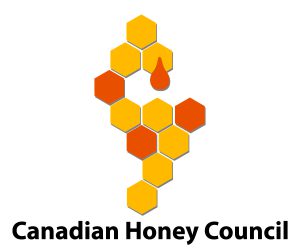By: Rod Scarlett

While the final overwintering losses for Canada were not very good, the concern remains about what happens next year. There are many questions as to what caused the huge loss in numbers – was it resistance issues, viruses caused by varroa, weather issues, nutritional issues, management problems, a combination of these or something else entirely. Not knowing exactly the cause means that high losses might be an ongoing problem and not just a one-off. Trying to prepare for next year has resulted in planning for both short-term and long-term solutions based on a myriad of possibilities.
Certainly, one of the more controversial solutions has been the call to allow for packaged bees from United States, specifically from northern California. In response to the question as to stock health, the CFIA issued the following:
In keeping with its commitment to work with industry, stakeholders and academia, and its mandate to prevent the introduction of animal diseases into Canada, the Canadian Food Inspection Agency (CFIA) is issuing an official call for any new, documented scientific data/information (since 2014) regarding honey bee health in the United States and Canada. The CFIA is issuing this call to help determine if there is sufficient scientific evidence to warrant a re-evaluation of the risks associated with the importation of U.S. honey bee packages… The deadline for submission of scientific data/information is September 5th, 2022.
Importing packaged bees from the U.S. is one option, but not the only one. The CFIA is completing risk assessments for importing packages from both Italy and Ukraine. Of course, the current situation in Ukraine complicates matters but the two countries represent new options and combined with New Zealand, Australia and Chile, they could realistically supply all Canada’s demands for bees. Then there is the matter of increasing domestic supply. There is huge opportunity for the development of a far more dynamic nuc industry. Combine this with improved internal individual stock replacement strategies and the reliance on imported stock could easily be reduced. But this is likely a more long-term goal, a goal that will certainly have a positive impact on most enterprises.
One area that needs particular attention, however, is the pollination sector. While the primary objective is to lower overwintering losses, because of timing, it is apparent that currently, importing stock is the only viable option for stock replacement. This year showed how precarious the relationship is between those who need pollination services and those who supply pollinators. As the demand for pollination services grows (and it grows in those areas that don’t have vast numbers of colonies) the beekeeping industry is going to have to adapt and find innovative ways to meet the demand. Moving bees across Canada is a significantly different challenge than that of our U.S. counterparts. We must find a way to meet the pollination needs across Canada or a stock replacement strategy may be imposed whether beekeepers like it or not.








